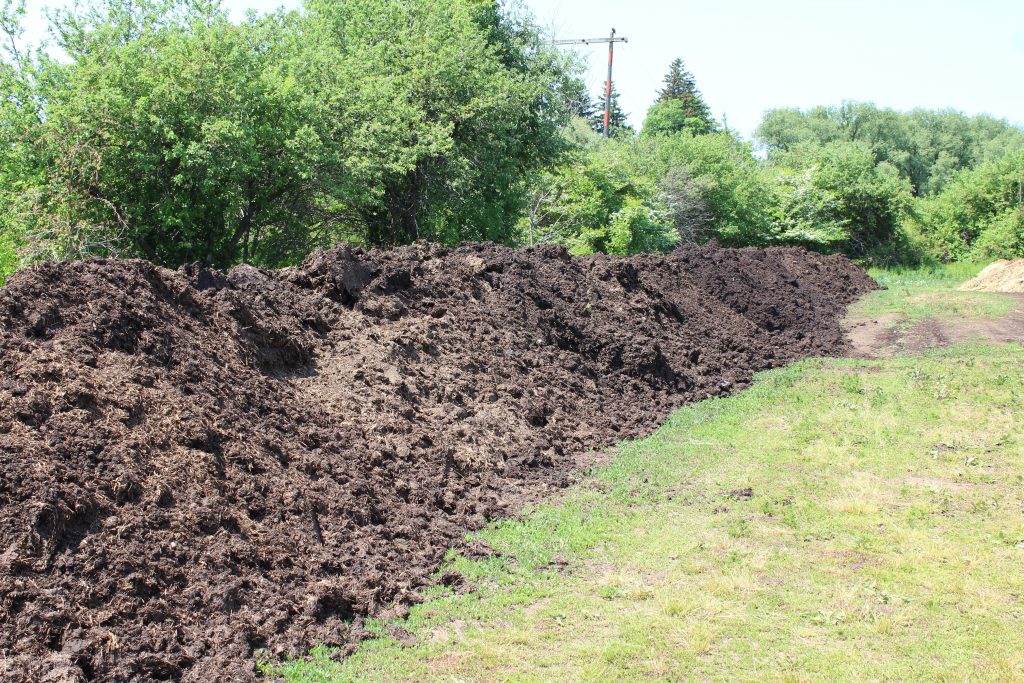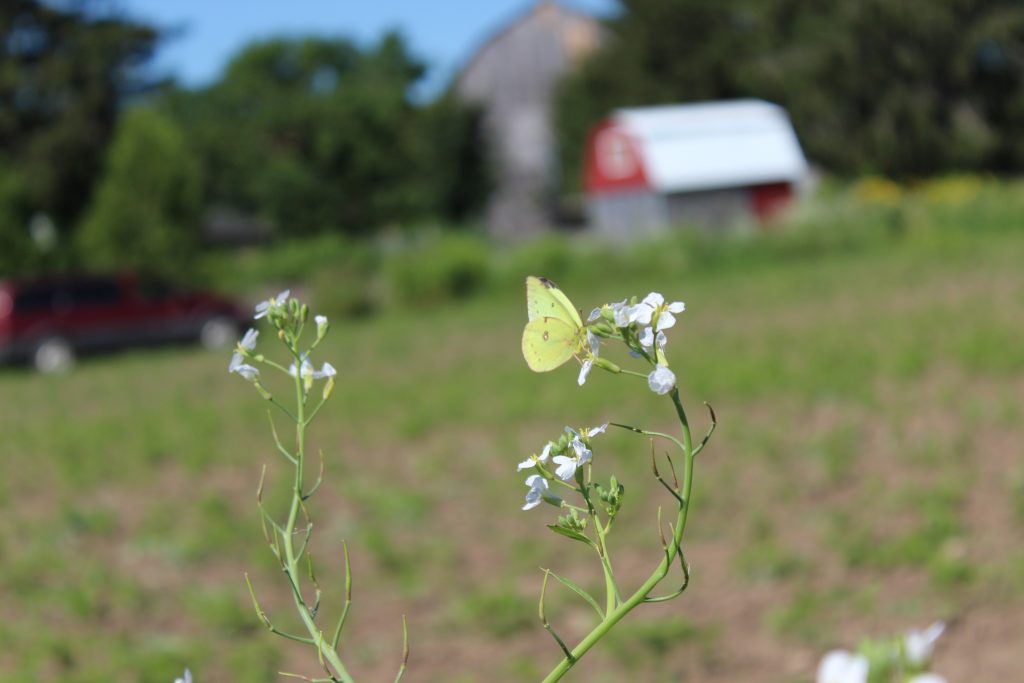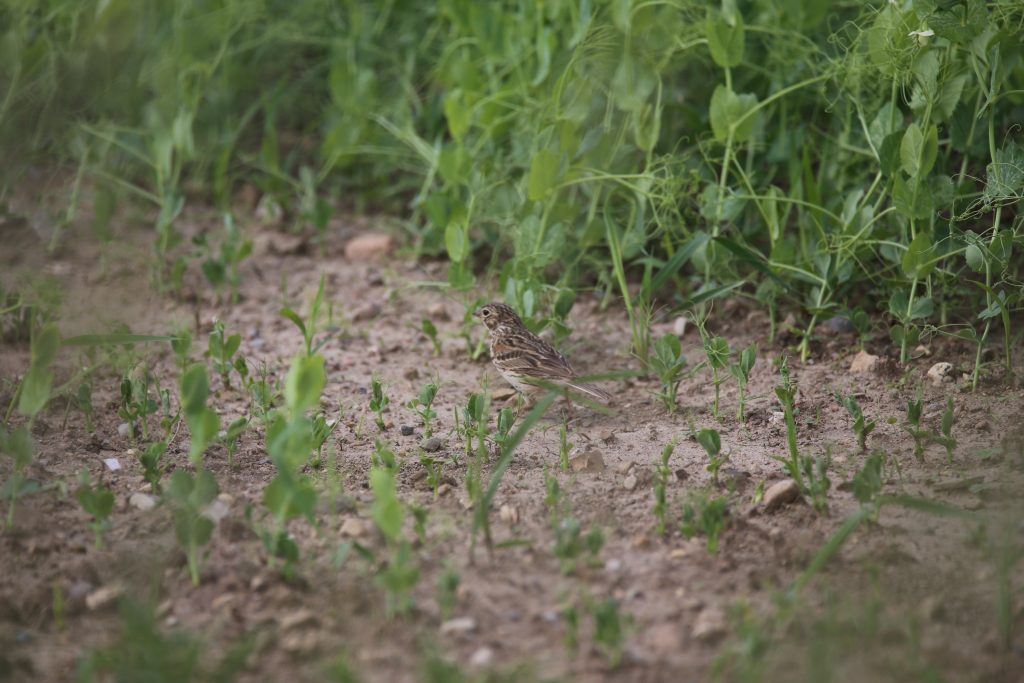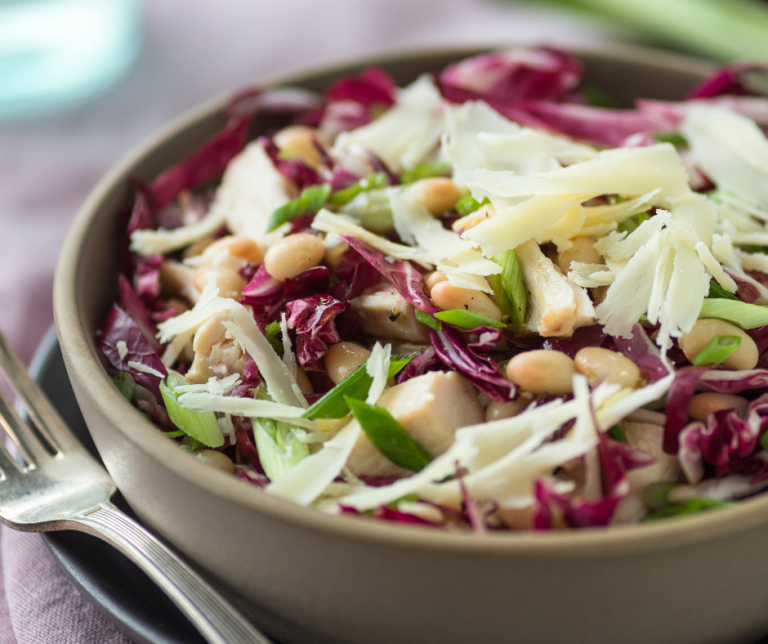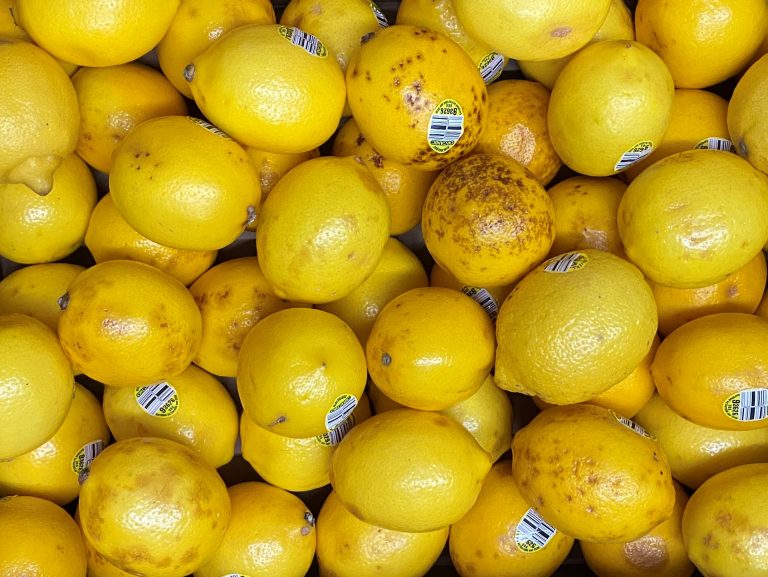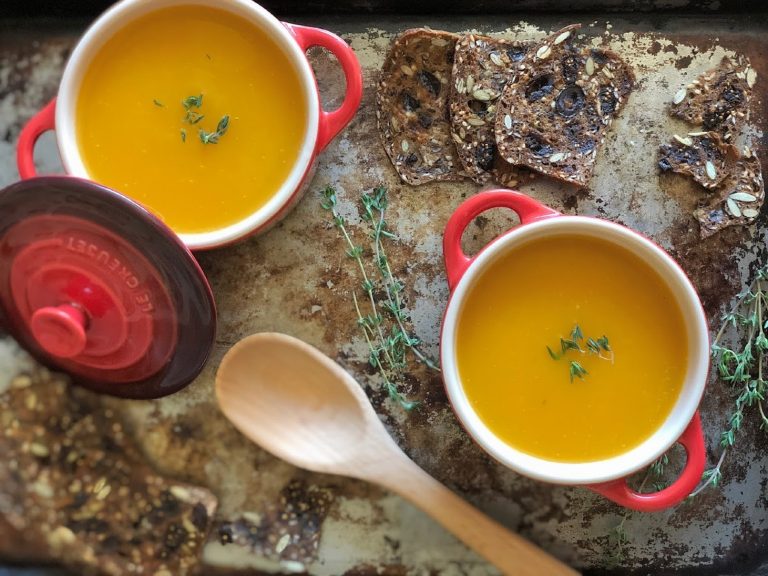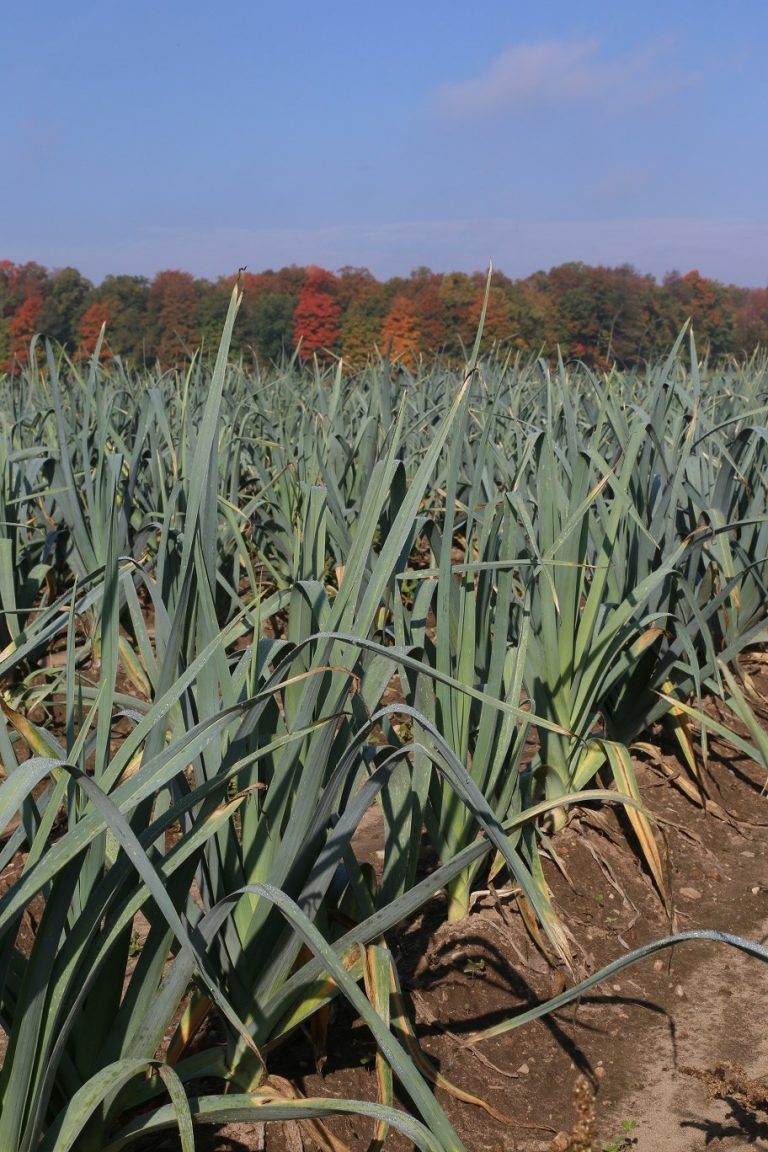Farmers and gardeners alike have been battling pests since there were such things as farming and gardening.
Yes, pests are natural, but so is the desire to be rid of them! It can be frustrating, disheartening, and even devastating to see all your hard work destroyed by hungry insects or strangled by weeds. At first, the invention of chemical pesticides and herbicides seemed like a godsend – dealing with these challenges became so much easier! However, we have learned that over-reliance on these chemicals is short-sighted and harmful over the long term. Consider the declining populations of farmland birds: pesticide use, along with other harmful agricultural practices and loss of habitat are thought to be the biggest contributors to this ongoing decline. Also consider the current controversy over the use of the neonicitinoid group of pesticides. Without a healthy pollinator population, we all suffer.
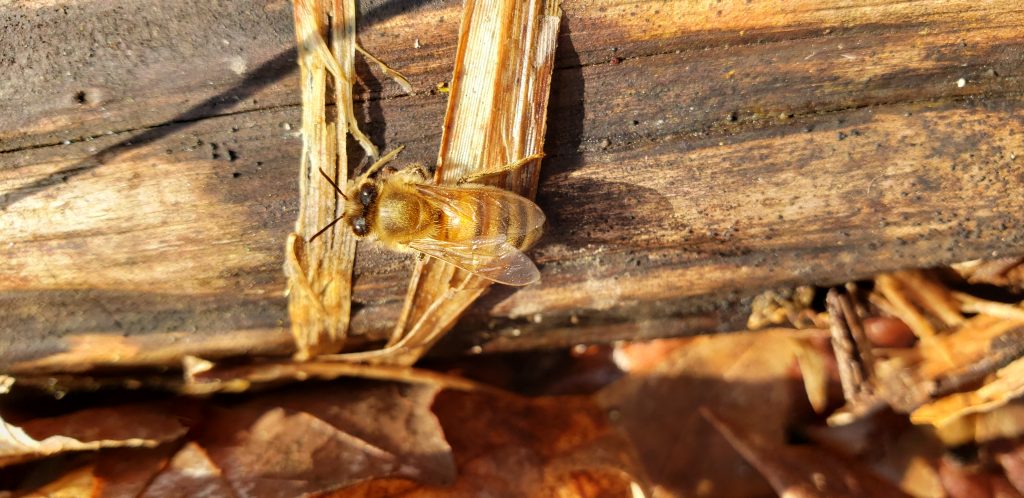
Healthy pollinators are of utmost importance, and earlier this spring we were glad to see many like this one going about their business!
This is why it is so important to consider alternative approaches.
As an organic farm, we apply new knowledge and innovation, as well as taking what we’ve learned from those who came before us. If you’re an experienced grower or gardener, there likely won’t be anything surprising for you here; but if you’re new to this approach, the steps below will guide you to a system that works for you.
STEP 1
Recognize and acknowledge that all insects and weeds have a role to play in the ecosystem, no matter how strongly you may dislike them.
After all, a weed is just a plant that grows where you don’t want it to. And pesky insects are just trying to survive and thrive like the rest of us. Approach the problems they present in a way that is not disruptive to the natural order of things.
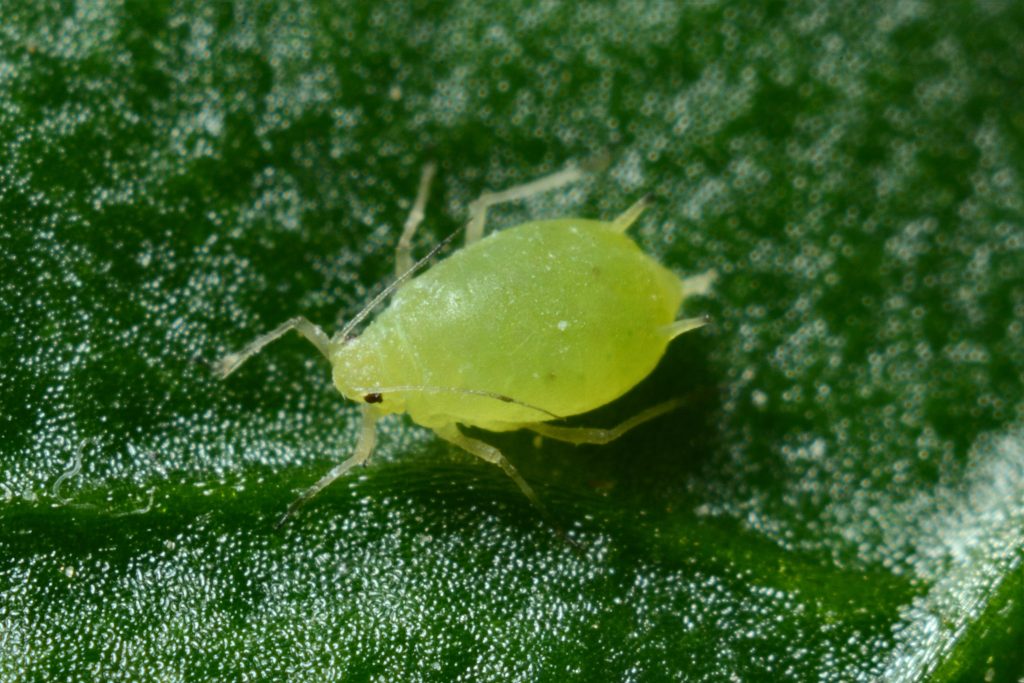
Not the most likeable creatures – but it’s important to acknowledge their importance in the bigger picture.
STEP 2
Ensure that your soil is healthy.
When soil is healthy, plants are healthy, and healthy plants are more resilient and less susceptible to pests and disease. On our farm we use cover crops, crop rotation and compost as the basis of soil health. Rarely, we apply minerals (approved in the Organic Standards) if needed.
STEP 3
Identify the pest you’re dealing with.
Who is this unwanted visitor? Where does it come from? What does it like? What does it dislike? What are its strengths? What are its weaknesses?
STEP 4
What you learn in Step 3 will determine your next courses of action.
Here are few examples:
- On our farm we encourage the population of trichogramma wasps. They lay their eggs in the eggs of cabbage looper moths, which are quite fond of our leafy green crops.
- One of our fellow farmers in California plants rows of Sweet Alyssum alongside lettuce crops. This is attractive habitat for hoverflies, which eat the aphids that love to eat the lettuce. On our farm we did something similar when we were having problems with swede midge – in order to keep them out of the cauliflower, we planted some “sacrificial” broccoli alongside (which the midge prefer over the cauliflower).
- Some fruit growers use a kaolin clay solution to coat the fruit and protect it from pests. You may have noticed remnants of this on the fruit you buy – it is easily mistaken for mould but wipes easily like dirt.
As you can see, the solutions will vary greatly depending on what you’re dealing with!
STEP 5
Don’t be afraid to experiment!
People may have been coming up with solutions for thousands of years, but there is ALWAYS something to learn. For gardeners, there are many gardening blogs out there with great suggestions. Many of these aren’t necessarily feasible for a larger scale grower, but there are many resources for farmers who are new to organic as well. Try out a few of the tips, and determine what works best for you in the space that you have. Just remember to keep your core values in mind from Step 1 as you come up with things to try.
STEP 6
Evaluate and troubleshoot.
We learn even more from our failures than our successes, which makes victory that much sweeter when you do get there. Enlist the help of others, and don’t give up.
STEP 7
Congratulate yourself.
You’ve put in thought and effort for the best of reasons, and for that alone you deserve a pat on the back.
Please share this post with others who may find it useful!


